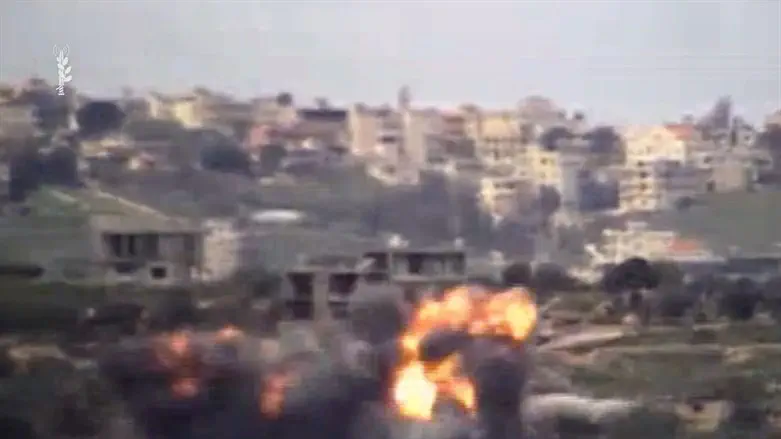
Israel collected intelligence for many years and even developed new tools that allowed it to locate Hezbollah leader Hassan Nasrallah in a short time, the Financial Times reported on Monday.
According to the report, a plan to eliminate Nasrallah was raised at the beginning of the war: "In the days following October 7, Israeli fighter jets took off with instructions to bomb the place where Nasrallah was located thanks to the IDF Intelligence Corps. The attack was canceled due to a demand from the White House," claimed an Israeli source who spoke with the newspaper.
He added that "on Friday, Israeli intelligence seems to have identified his location again, in the command and control bunker, during what appeared to be a meeting that included several senior Hezbollah leaders and a senior Iranian commander in the Revolutionary Guards."
The newspaper notes that since the Second Lebanon War, Israeli intelligence units have been working to collect a lot of information and map Hezbollah. "Israeli intelligence expanded its operations and examined Hezbollah as a whole, looking beyond the organization's military arm. The intelligence looked at the organization's political aspirations, the growing ties with Iran's Revolutionary Guards, and Nasrallah's relations with Syrian President Bashar al-Assad," Col. (res.) Miri Eisen, who was the advisor to the Prime Minister, told the newspaper.
The article noted that "for almost a decade, Israeli intelligence treated Hezbollah as an 'army of terror,' and not as a terrorist group like [Osama] bin Laden's. This was a conceptual change that forced Israel to scrutinize Hezbollah closely and widely. As Hezbollah grew stronger, and as it deployed to Syria in 2012 to help [Syrian President Bashar al-]Assad suppress the uprisings against him, it gave Israel the opportunity to take its step. What emerged was a dense 'intelligence picture' - who was responsible for Hezbollah's operations, who was promoted within the organization, who was corrupt, and who exactly returned from an unexplained trip."
"While Hezbollah members struggled in the bloody war in Syria, and to keep up, the organization's forces grew. The growth left the organization more vulnerable to Israeli spies who placed agents or looked for defectors. Syria was the beginning of Hezbollah's expansion. This weakened Hezbollah's internal control mechanisms and opened the door for large-scale infiltration."
It was also reported that, "Unit 9900, whose designated role is visual intelligence gathering, wrote algorithms that filter terabytes of images, aimed at identifying the smallest changes in the hope of detecting an improvised explosive device on the roadside, a ventilation opening above a tunnel, or something else like a concrete reinforcement addition that hints at a bunker. Once a Hezbollah operative was identified, his daily movement patterns were fed into a vast database. The information can be obtained from devices such as his wife's mobile phone, a smart car's odometer, or his location. This can be identified from various sources like a UAV flying overhead, a hacked CCTV camera feed he walks past, or even his voice captured on a modern TV remote control's microphone."
A former senior Israeli official told the newspaper, "For years, Israeli intelligence managed to populate a huge target bank. Israel had a lot of capabilities, a lot of intelligence that was accumulated and awaited use," said the former senior official. "We could have used these capabilities during the war a long time ago - but we did not."
